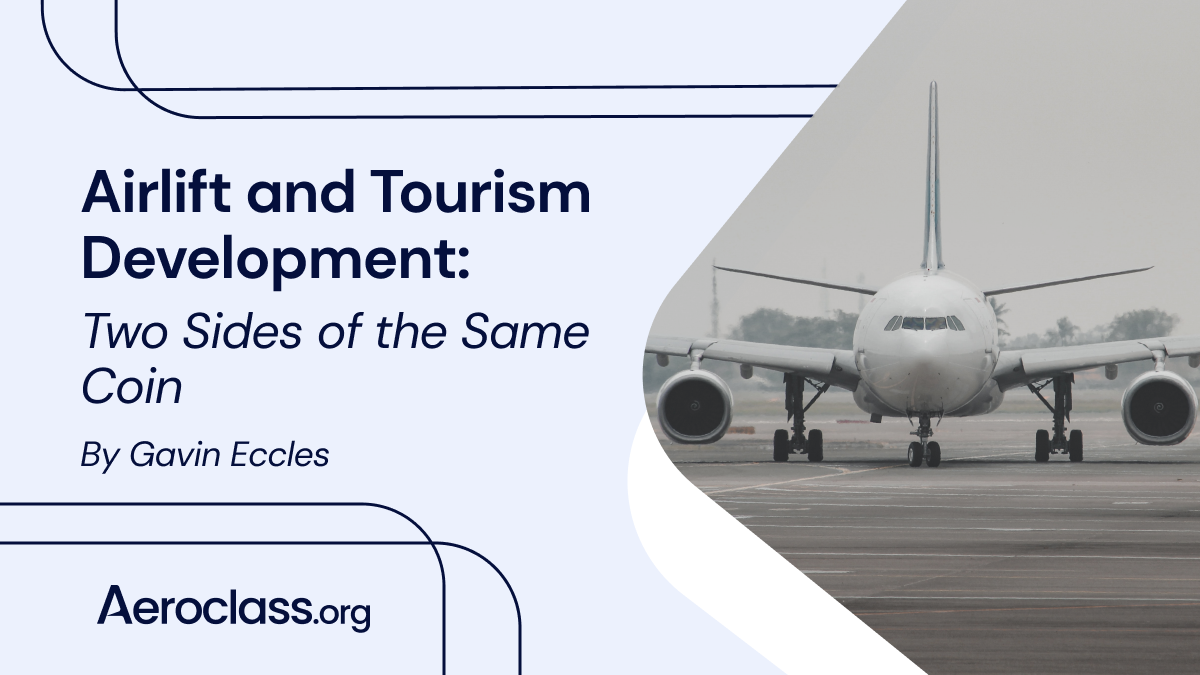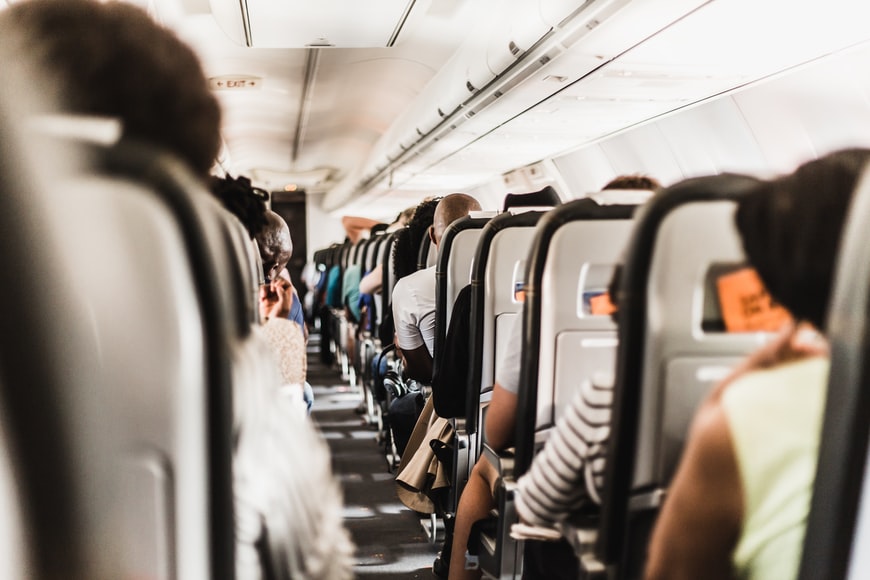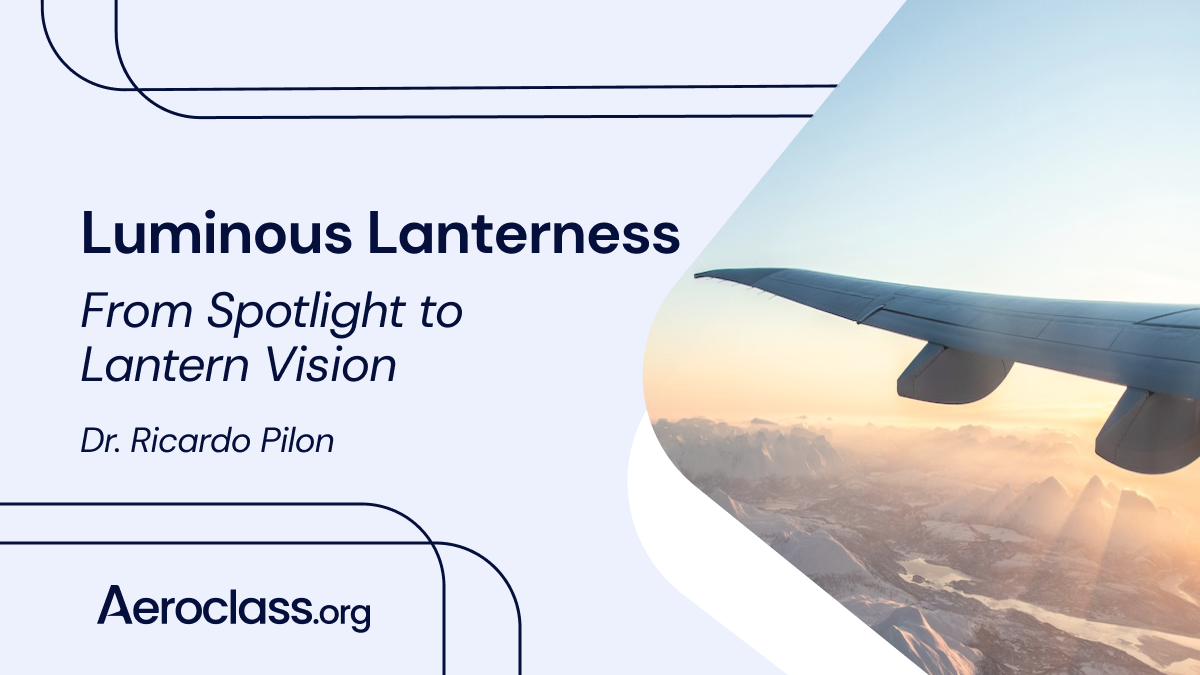Elevator SMS: Safety or Bureaucracy First?
Instructors · 2 min read
Whether you are planning a trip or just dreaming of one, check our recommendations for the best airlines to fly to Japan!

The aviation industry is undergoing fundamental change, and we are seeing a shift from managing supply to supporting generation of demand. With such in mind, airlines need to see the key benefits in ‘why should I fly’, and this is not just financial. The drive from the destination and its airports to work on coordinated campaigns, communications, protocols, and, to bring trust and reassurance that we are working together to support the destinations development.
The low-cost airlines of the United States, Europe and the Far-East have all worked closely with airports and tourism boards to support routes of strategic interest. In particular, funds and incentives have been created that allow airlines to be supported when deciding new routes, and ensure that airlines have institutions and airports working with them to reduce risk. However, will this be the same as we re-ignite the airline industry? And, can airports and tourism boards still find the incentives needed to help airlines in their business case and planning decisions? Follow me.
According to the UNWTO, 57% of the world’s tourists who travel across international borders each year were transported by air, thus, the importance of connectivity is crucial for the vision of any destination. Put it another way, airline seats are what allows a destination to grow, and, with an increased number of seats, demand generation is easier to develop. Increased arrivals also leads to hotel investment and employment in the hospitality support sectors. If a governmental route development scheme is bringing tourists, such expenses are often greater than any incentive given to support the route.
So, for 20 years we have witnessed many new routes that have brought great tourism development to multiple countries and regions, and prior to the Covid-19 situation, both aviation and tourism were witnessing tremendous success. We have seen aviation in 2019 growing at around 7%, and tourism numbers reaching 1.4 billion in arrivals worldwide.
Therefore it is obvious that aviation is a key contributor to enhanced tourism employment, and effects on GDP are significant. Just to name a few:
It has never been clearer that aviation and tourism are working the same side of the coin. One is obviously dependent on the other.

It goes without saying that since March 2020, both the aviation and international tourism industry have ‘fallen-off-a-cliff’. Air travel hit an all-time low in March with around 90% of the aircraft grounded globally. The resulting effect continued throughout the year and, with 60% to 80% less tourists, it was noted that tourism lost about USD 400 million in revenues.
Therefore, as we move through 2021, the challenge is quite simple: how to stimulate demand for travel?
We all know that this crisis for tourism and aviation is on a scale never seen before and has nothing to compare with events such 9/11 or the latest global Financial crisis. However, when looking back, to stimulate travel after these events, price-discounting was a key strategy. It seemed that people quickly forgot the issues, and low prices had people rushing back to airlines and destinations alike.
However, it seems this pandemic will need different strategies to get people flying, and, to ensure that people look to become tourists again, we must look for new ways to help stimulate demand. For once, supply (airlift) is not the issue. Planes are readily available. What we must understand is the demand, and, how can airports and destinations now provide the support and risk-reduction needed, to win back the airlines?
Because these previous events left airlines in a much weaker financial position, they were forced to re-assess their entire business and look for ways to operate more cost-effectively. These previous events drove some airlines out of the market, and others to consolidate and to rationalise their hubs and networks. As the recovery from COVID-19 begins, airlines will be focused on increasing network efficiency.
Given the urgency to reduce costs, expect airlines to significantly increase the pressure on airports. Airport costs will likely be a more important factor than ever before, and airlines will be looking for more creative types of route support and incentives. In essence, route development will be more important than ever – attracting and keeping air routes will be the major priority for airport businesses. Airline engagement will be more important than ever – building relationships, understanding their business and drivers, and being a true trusted partner will ensure sustained success.
As airlines look to redeploy their route strategy, key for destinations and airports is to consider the following:
For destinations and airports to support the transition, and support airlines in the re-building and connecting their aircraft to key tourism destinations, attention should focus on, a) Understanding market demand; b) Airline behaviours; and c) Destination development.
a) Understanding Market Demand – What can airports and destinations do together to influence demand returning. Consumer confidence regarding international travel may be low as passenger anxiety and nervousness around COVID-19 will persist for some time to come. Trust in destinations and the travel journey will be paramount. Therefore, airports should undertake a major rethink of their operational and facilitation plans to help overcome the low level of consumer confidence. Therefore:
b) Airline Behaviours – Crucial to all airports and destinations will be how the airlines react post crisis. The key question is, how should airports alter what they do, based on the variations of airline behaviour which may emerge. In particular, how to be more aggressive on route support, and working harder to capture markets:
c) Destination Development – The airline industry has as a primary mission to transport millions of people to a virtually unlimited number of places. But, in the short term, will people feel safe at these places? Major tourism destinations in particular will need to play a role in initial air service development discussions to assure airlines that their product can support traveller trust. The focus of attention must be on:
It has always been about demand… As the airport industry emerged from a public utility and facilities management setting back in the 1980’s and early 1990’s, to the commercial and competitive world we know today, pitches to airlines have always focused on the market the airport served. As for destinations, attention has focused on support and incentives that drive new lift – building Government initiatives that encourage the airline to serve touristic routes.
However, post Covid-19, these supply-based arguments, nuanced around the specific operations, fleets and marketing strategies that airlines could deploy, are not key drivers. Instead, a recovery is about the magnitude and pace of traffic restoration. In that regard, the data we have all relied on so heavily will for now just be a depiction of the past with trends that are no longer relevant. Furthermore, our commercial support and incentive agreements that have increasingly under-pinned ‘start-up operations’ will need overhaul.
In short, airlines and destinations will need to think again about how this route and air service development function is done.

In the past, airports and airlines worked together to build supply, and then airports and destinations supported incentives to build demand. The rationale was that airlines managed supply, and were then helped to stimulate demand. However, new times mean new ways of working, and it is key to ensure airports / destinations have different push & pull mechanisms:
Right now! Recovery still looks a faraway prospect, but in Europe and the Americas, many countries are tentatively emerging from the various forms of lockdowns they have been subject to, and early plans are being drawn up for the restart of flights and vacation. It is paramount that all those involved in route development start the process of working together, forging stronger partnerships – thus accelerating the rebuild of route networks as fast as we possibly can.
The result of how the industry emerges from COVID-19 remains to be seen. It seems that there may be fewer airlines, fewer direct air links and less seat capacity. In a free market the strongest airlines normally survive but, with government intervention, this won’t necessarily be the case. Government supported weaker airlines may survive, but stronger unsupported airlines may not. The surviving airlines will benefit from reduced competition, however lower traffic and higher costs will counterbalance such.
Route Development funds which had gained much popularity 10-years ago need to be re-introduced and revitalised. Pushing programmes that offer risk mitigation for airlines with their route development, driven by clear impact assessment, will allow cities and regions to harness air connectivity with their economic rebuild. And, destinations will need to engage in these initiatives as part of wide-ranging economic stimulus packages that drive aviation and continued tourism development.
Instructors · 3 min read
With or without altitude, Christiaan van der Heijst, can produce splashy and utterly lively impressions and wildly sensations. The emotions he creates are a reflection of artsy talent. It inspires young and old to look at things differently. Speaking off…
